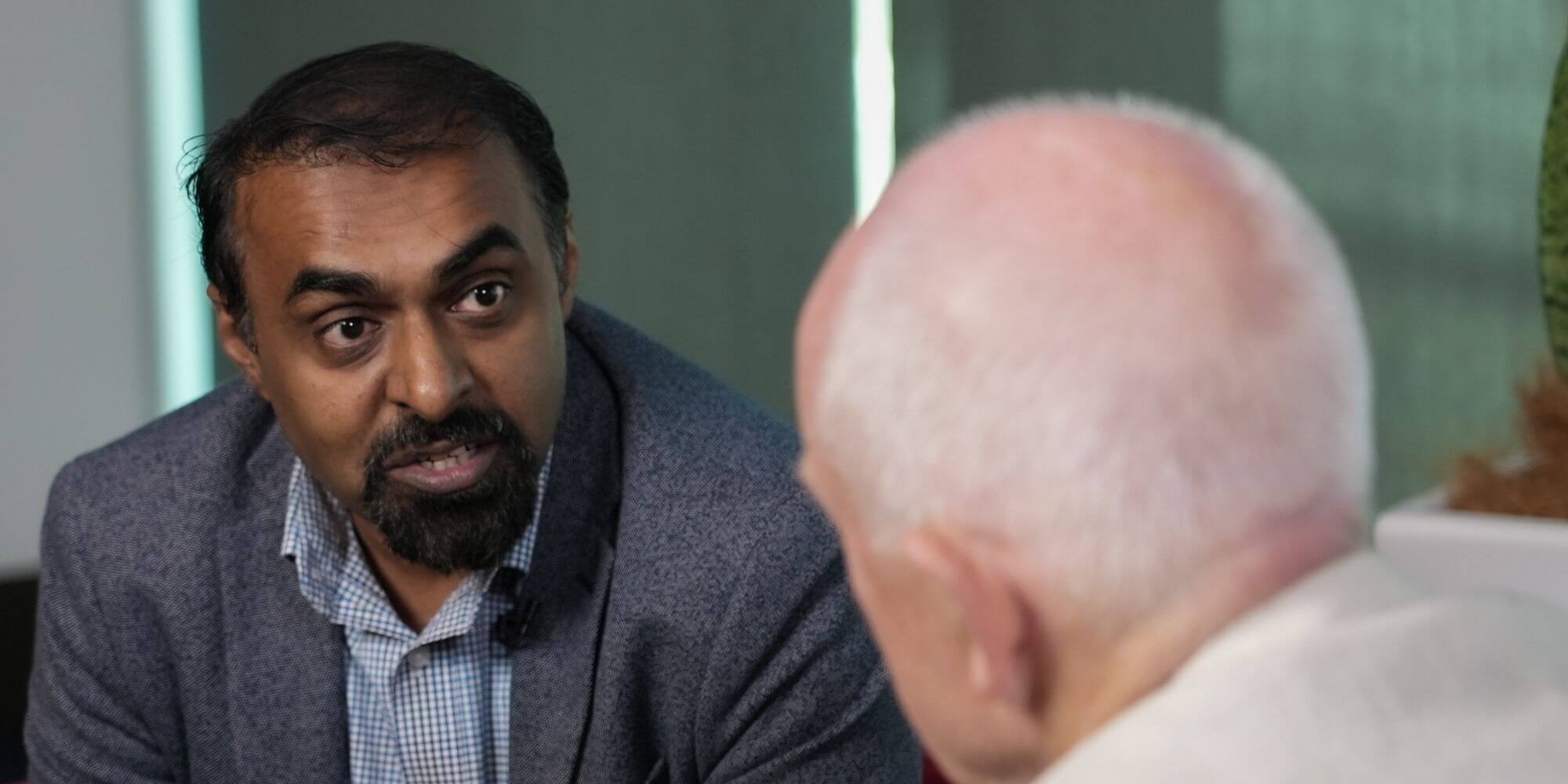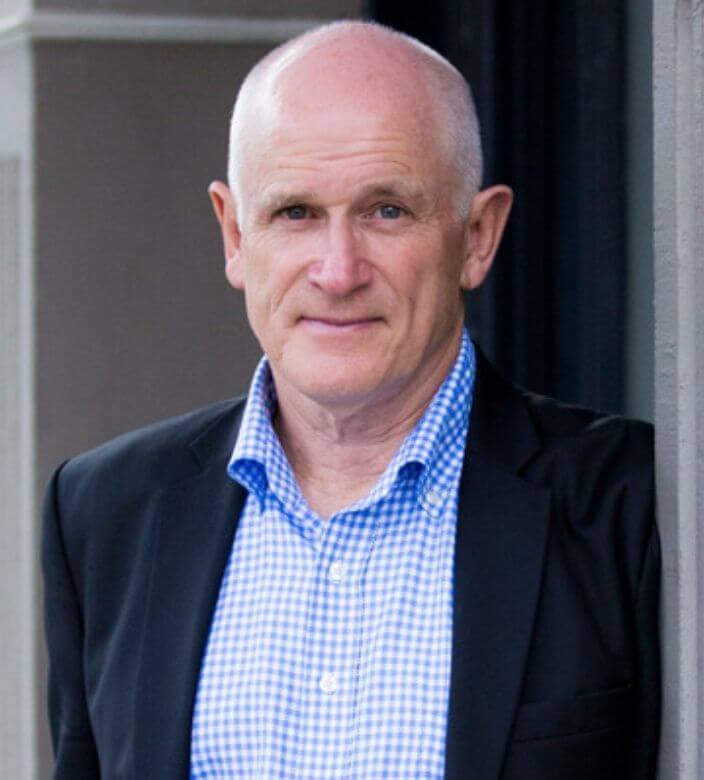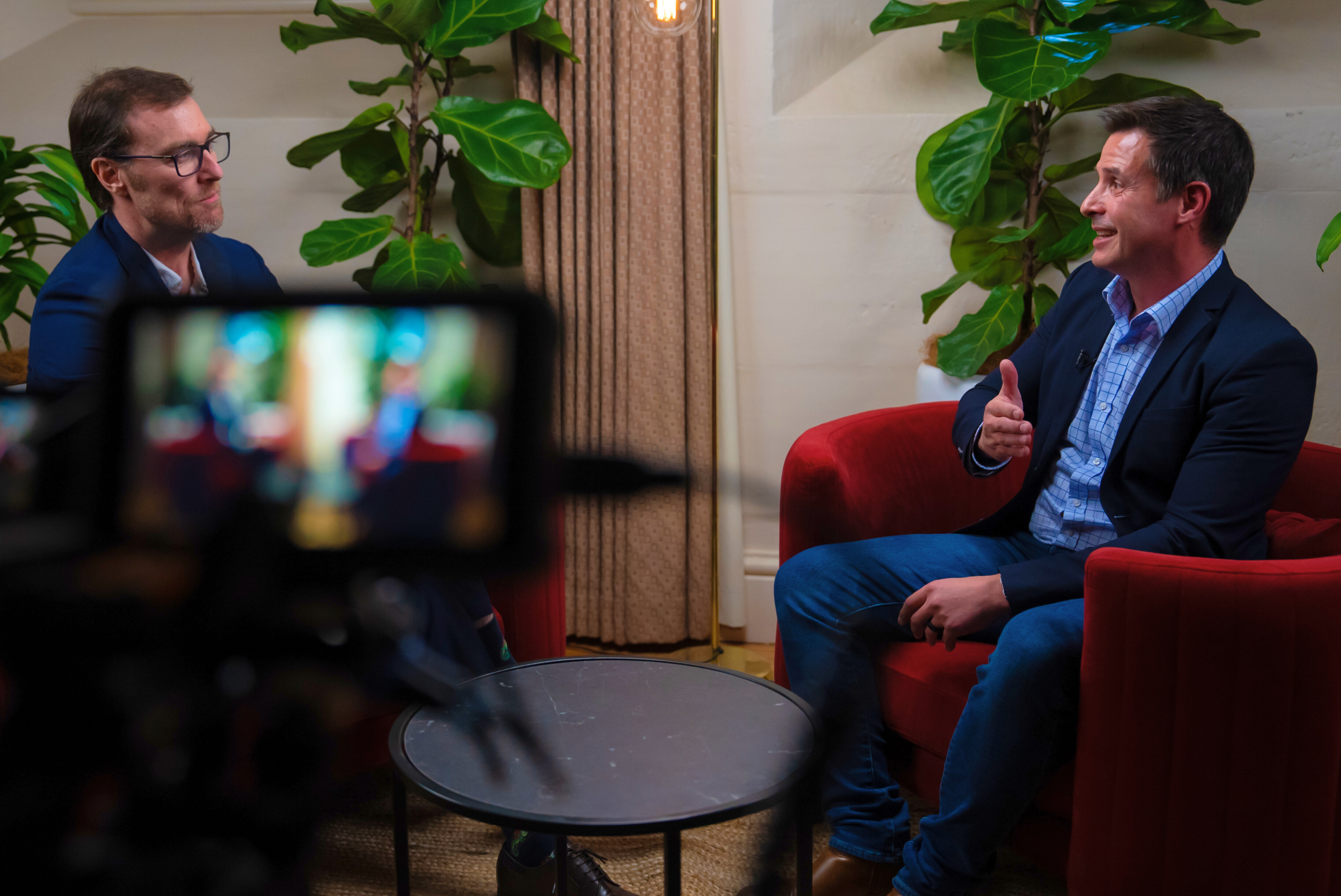How AMP Capital’s Global Head of Finance Is Using RPA to Streamline the Collection of $1 Billion in Invoices
Ali Mehfooz shares the outcomes of AMP Capital’s one and a half year long robotic process automation project that has streamlined the collection of $1 billion in invoices yearly.As AMP Capital’s Global Head of Finance, Ali Mehfooz is tasked with a team greater than 90 people spanning Fund Technical Services, External Fund Manager Operations, Remediation and Assurance, Financial Services and Finance Effectiveness and Control teams.
Speaking at ADAPT’s CFO Edge event, Senior Analyst, Peter Hind, he shares the outcomes of AMP Capital’s one and a half year long robotic process automation project that has streamlined the collection of $1 billion in invoices yearly.
With an automation-first mindset, Ali has driven the simplification and sustainable redesign of processes, error avoidance, and staff upskilling with this project.
He explains how starting with a digital-first mindset and building diverse ways of working is key to organisational modernisation.
In this interview, he discusses how finance leaders today have a rare opportunity for data guardianship and organisational empowerment through effective reporting.
Peter Hind:
Ali, could you tell us a little bit about your job at AMP?
Ali Mehfooz:
I’m the Global Head of Finance and Fund Services for AMP Capital. In that role, I look after all of the financial control for AMP Capital and Fund Services areas, including some of the Fund operation areas.
Peter Hind:
How many would be in your team?
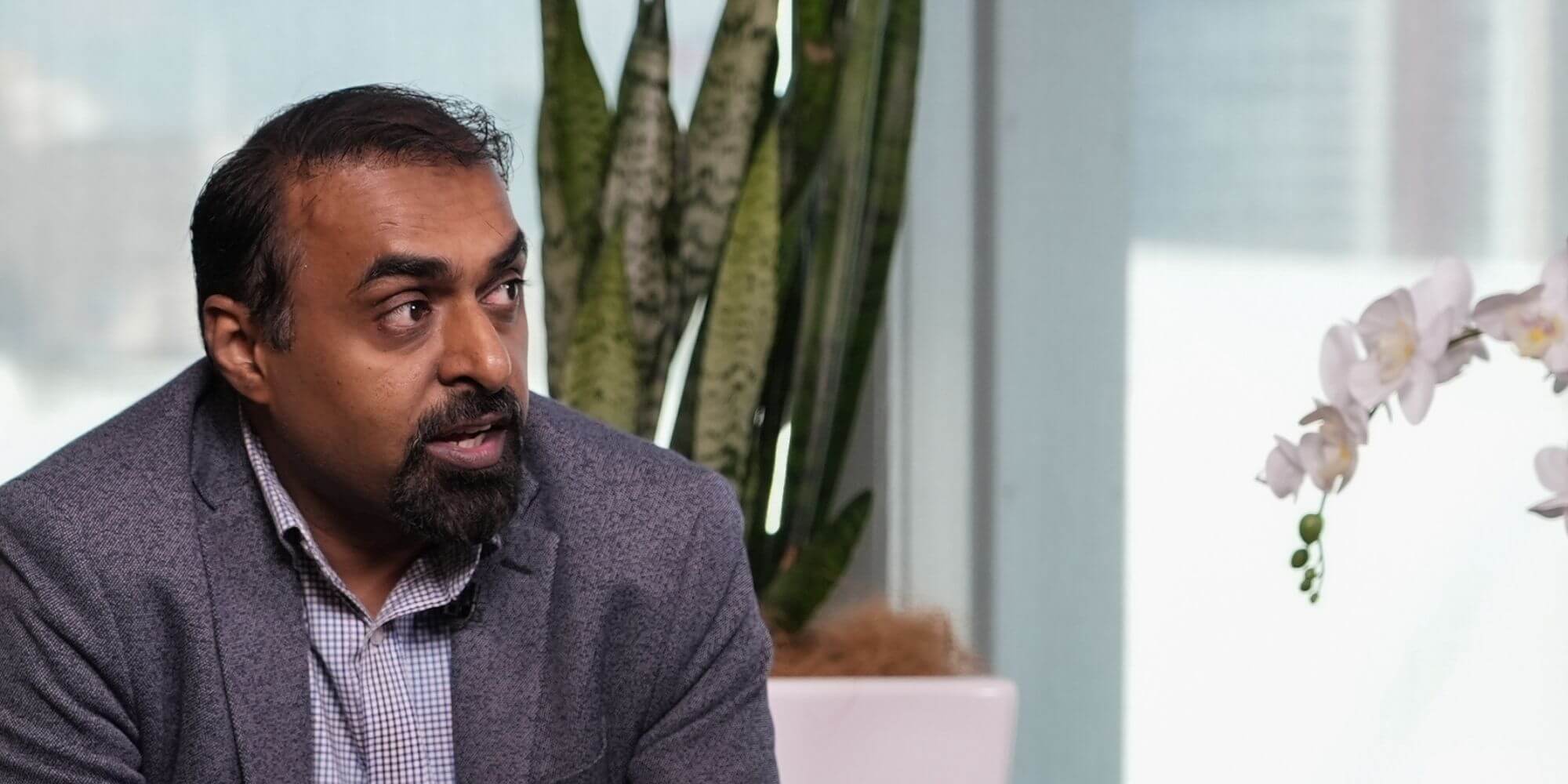
Ali Mehfooz:
I’ve got eight teams under me, I’ve got direct reports of eight, and under them, a total team of about 35 to 40 people. I’ve also got some metrics reporting, which takes up to 50 people.
Peter Hind:
We’re talking about the Digital CFO building a business for the future, and yet I know, and it’s in the public domain, these have been challenging times for AMP.
How do you plan for the future when you’ve got the challenges of today?
Ali Mehfooz:
That’s an excellent question. There are two things from AMP Capital’s point of view.
Number one, AMP has recently announced about going 100% cloud.”
Even with all the challenging times, AMP has been thinking about its future and focusing on being the sustainable business that we have been for 170 years.
We think we’ll continue with that history. Then you have that history when you go through ups and downs. AMP management has focused on adopting all the things they need to adopt, including modern technologies, number one.
Number two, we’ve recently announced that AMP Capital will be going through a demerger.”
I’m part of AMP Capital, which is the investment management arm of AMP. There would be a possible IPO for AMP Capital.
That gives us, for people in AMP Capital, more opportunity to look into adopting new technologies.
Peter Hind:
Could it be a greenfield?
Ali Mehfooz:
It’s going to be greenfield. It’s a brand new project for us because it was only announced last week on Friday. Since then, we’ve been thinking about what’s next for us.
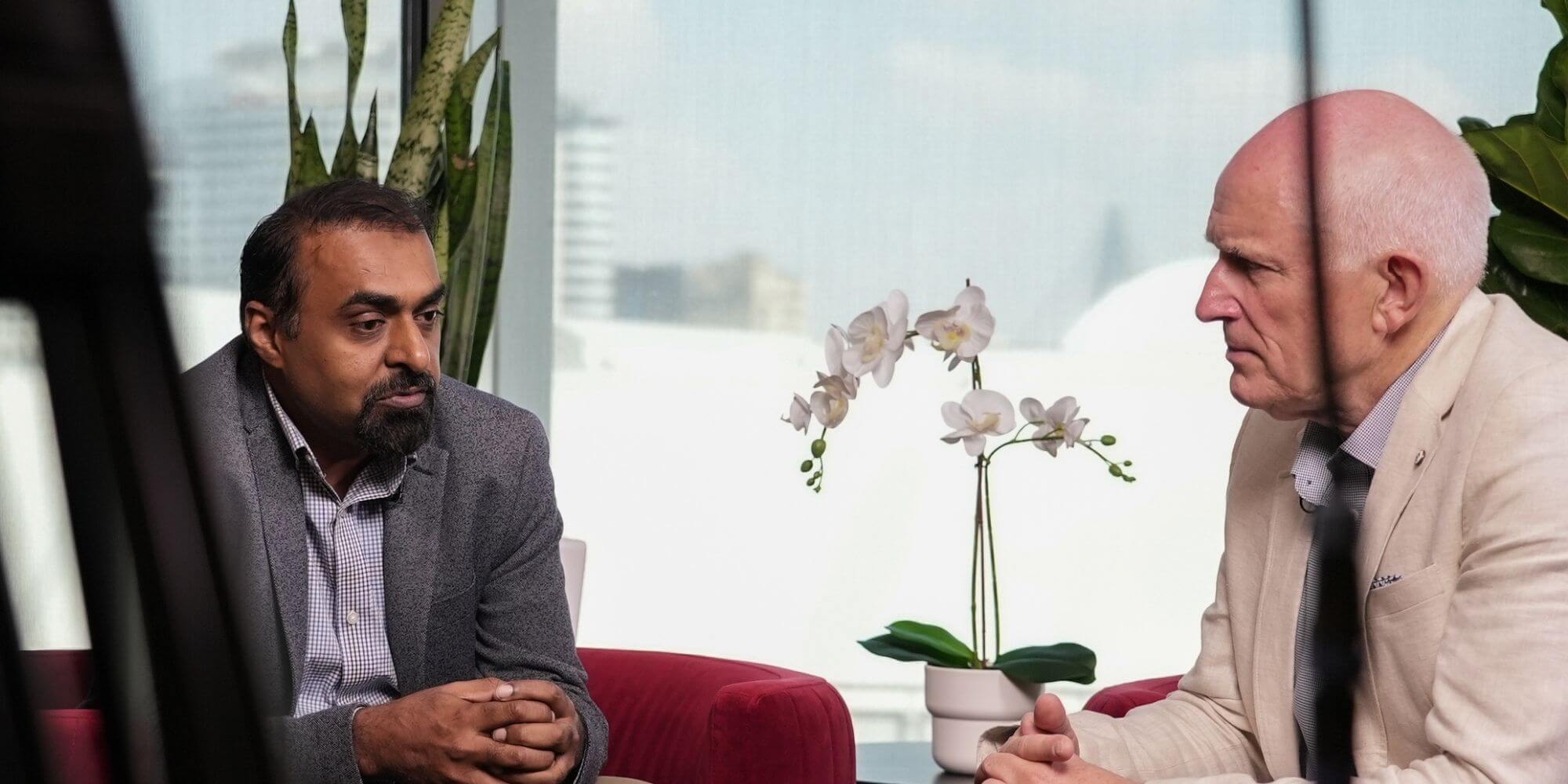
Peter Hind:
Now, we’ve been through the pandemic and the lockdowns, and before the lockdowns, you invested in an RPA project. Can you tell us a little bit about that project and how it helped you through the pandemic?
Ali Mehfooz:
One of the teams that I manage is the fees and billing team. This is for an investment manager that manages about $200 billion of the firm across 400 funds in a very complex investment management environment.
I run the fees and billing team, and we run, every month, run 6,000 journals in that team. We would have a few hundred invoices issued and the revenue of about $1 billion that we collect every year.”
That’s a very complex environment. With robotic process automation, I adopted that for my team. Generally, robotics is seen as a successful project for the area where you have lots of repetitive tasks and mundane tasks like that.
We went for an area which did require some people decisions to be taken. We went through the whole project thinking, and the approach we took on day one was not the extra focus on why we can’t. Why keep we can’t?
My question was always to the team. If you’re saying we can’t automate this part, why? When we went through the why part, we were able to answer lots of questions.
I didn’t invest a lot initially, and we didn’t invest a lot in the design piece. We had to simplify several full processes.
As you can imagine for, 30, 40 years of investment manager doing the same business, we adopted processes that were designed for something else but adopted for and evolved in something very different.
Going through this journey, we went through all of that process of redefining some of the processes and designing new processes.
It was quite important to have the right people there who could think about sustainable design for the future.
An example would be, you’ll be sending an email to a team. What happens if that person that you’re sending leaves the company?
You had to come with an innovative idea and say, “How do we design this thing?” Let’s create the team emails. Robots will not have to get then stuck on that point when someone leaves them.
We’ll have to do, go through a lot of that. The journey itself was around one year, a year and a half -the outcomes from this journey.
Number one, we could fund all of this project through the savings that we found through these robotics. We were able to invoice earlier and collect money earlier.”
That itself was saving. Error avoidance was good saving as well. The other thing we could do was keep the majority of people working in the old roles. We were able to upskill them.
My biggest selling point to my team was that there would be a better role for you. Most of my guys were qualified, chartered accountants.
When we study CA for six years, we go through all of that rigorous process. We don’t do that to become bookkeepers, and we want to add value. That was a fascinating thing for people.
The majority of people have been with us, and they’ve been adding value in different areas. The team’s engagement score post this implementation was in the ’90s.
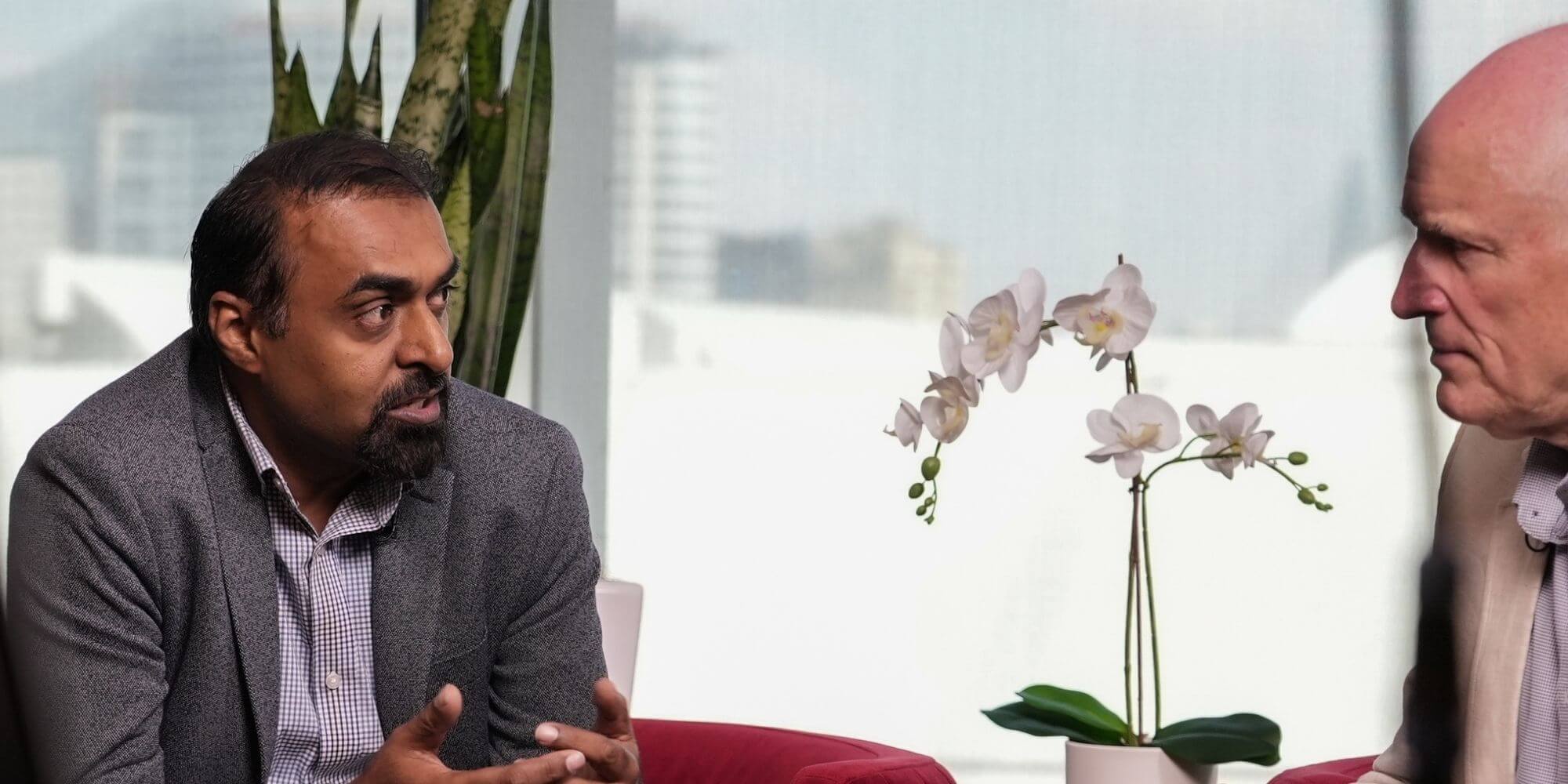
Peter Hind:
In the pandemic, one assumes people were working from home in a process like that. You didn’t need that on-premise involvement in these projects.
Ali Mehfooz:
Exactly, it made our life much easier. We didn’t know, and no one knew a pandemic was coming. When that did happen, the majority of my team, even now, is working from home. Robotics is a good process that helps us or enables us to be able to do that.
Peter Hind:
Ali, the theme of the conference is the Digital CFO. I’m going to start with that first.
How do you balance the need for the future with the guardianship that the CFO traditionally had about cost containment and scrutinising expenditures?
How do you embrace the opportunity of the future and not let go of your heritage?
Ali Mehfooz:
Yes, with your team and modernisation generally, we think about technology as the first step, but the mindset is the first step.
When you begin with the right mindset and the modern workforce does not have the right technology there, it needs diversity.”
It’s having the option for diversity or adopting new ways of working, and technology is one of the enablers for that.
Most finance people, it’s our dream to produce that pure ERP system where from sales to collecting of money, everything is all digitalised.
That doesn’t happen in the real world. That’s the aim we are having. When we go to the cloud, and that’s what we’re thinking about.
When we go to the cloud, we connect all of these different areas to the same ecosystem. Then we can adopt all of that and produce all reports and the guardianship, and you automate all of that part.
Then you free up your skilful finance people to add value and drive that strategic or business partnership more than the traditional stuff.
Peter Hind:
Regarding your areas, strategy, how do you see finance people contributing to a business’s strategy and strategic direction?
Ali Mehfooz:
The majority of my finance area is a financial control area. We are those traditional guardians of data and or producers of that data.
I aim to make my life easier by passing it on to our finance business partners or ensuring that the CFO’s getting has got everything it needs there and that they don’t have to go back and get stuck with the past.
We provide them with a good report for their future decisions.
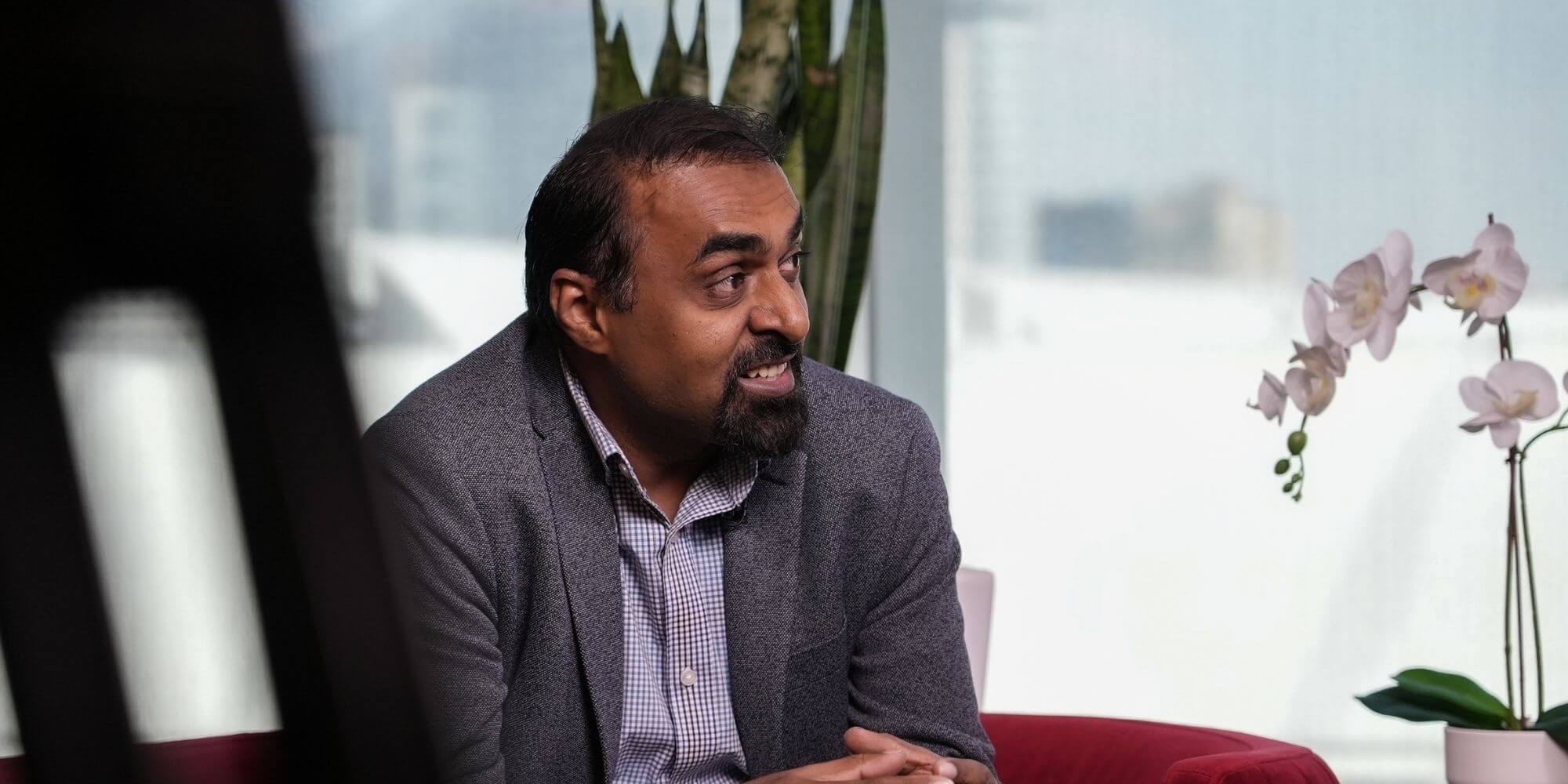
Peter Hind:
What you’re saying is streamlining the business.
Ali Mehfooz:
Exactly.
Peter Hind:
That sums up. Now, you have spoken before about data. Another theme of this conference is empowering decision-making with data. Finance people, who have been dealing with data since time immemorial? Where does the new versions of data, the new data, well, how does it empower you more than it might have in the past?
Ali Mehfooz:
With new data, we also have to think that there are many regulations around in the financial industry that we work in.
There is a lot of data that already exists in different public domains and non-public domains. It’s getting the power of that. We’ve got ideas around crypto.
Using cryptos or regulatory reporting, we’ve explored some of the ideas where we’ve got 400 funds there, and we need to collect specific data from those funds.”
We’re managing hundreds of shopping malls and offices. How do we get all that data in a place that we can use them quite well?
We’ve got a massive data market in AMP Capital, and our next target is how do we get better use of that?
That market’s got all our firm information, all our client information, all for different things that, it’s a dump of all data there. Now we’re building tools to see what’s the whole, and we can get an even better outcome from them.
Peter Hind:
You’re pulling that data together and getting deeper and richer perspectives on what tells you of that data.
Ali Mehfooz:
Exactly, and not only the finance, reporting perspective. It’s to help the business grow as well. Is to give them direction on the data we’re getting here.
For a business like ours, we are very diversified in terms of the investments we make.
We’ve got infrastructure equity, we’ve got infrastructure debt, we put real estates, and in real estate, we got shopping centres, office and industrial, and all of these different investments that we’ve got.
How do we use learning from this area to help the other areas make those decisions?
Peter Hind:
I got you, and another aspect of the conference is around metrics, how you observe and measure how you’re going as an organisation. What metrics are you deploying?
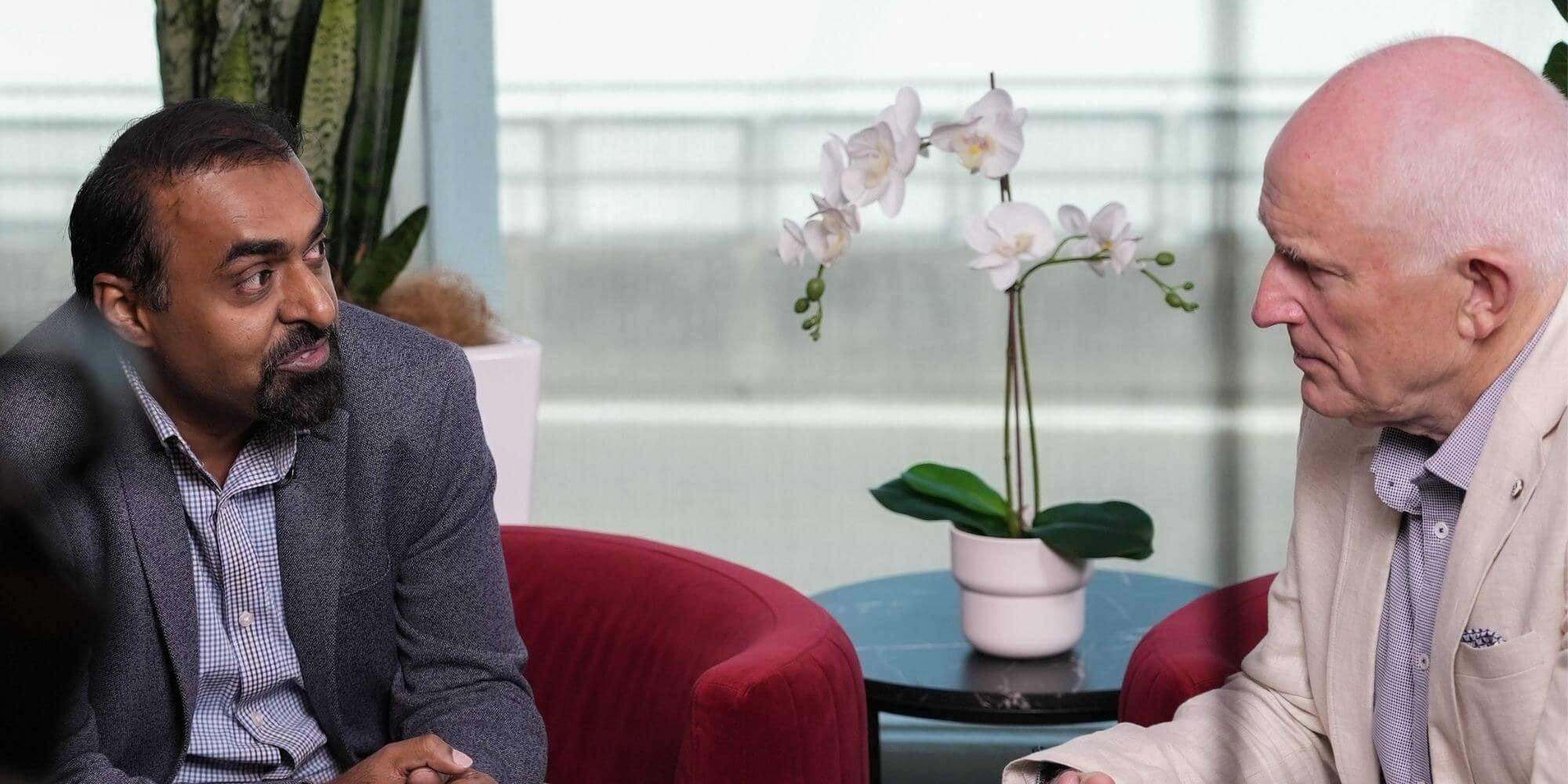
Ali Mehfooz:
Do you mean reporting metrics?
The future of any organisation will be depend on how quickly they’re able to adopt metrics reporting, how you can remove the boundaries between different teams, and get them to work with different areas.”
A leader from one area can lead multiple areas, and those people are part of their organisation. It’s moving around that.
We do have a lot of that. I’ve got international teams reporting to me, and they’ve got local reporting lines as well.
It’s really for them to be part of this finance function and be aware of strategies working through and being part of their business.
These people add value from both sides, they bring insights to us from their businesses, and they then help those businesses understand where finance is coming from.
Peter Hind:
Almost like a North Star that you can follow up.
Ali Mehfooz:
Exactly.



















